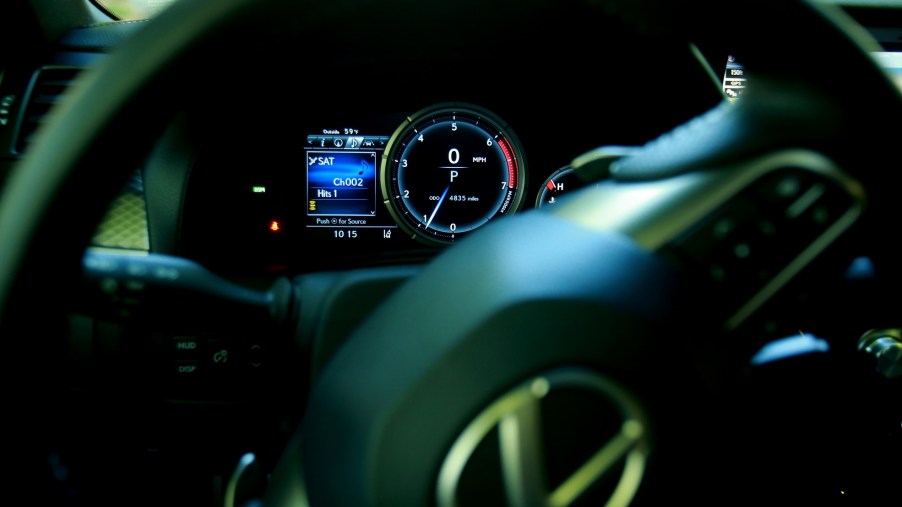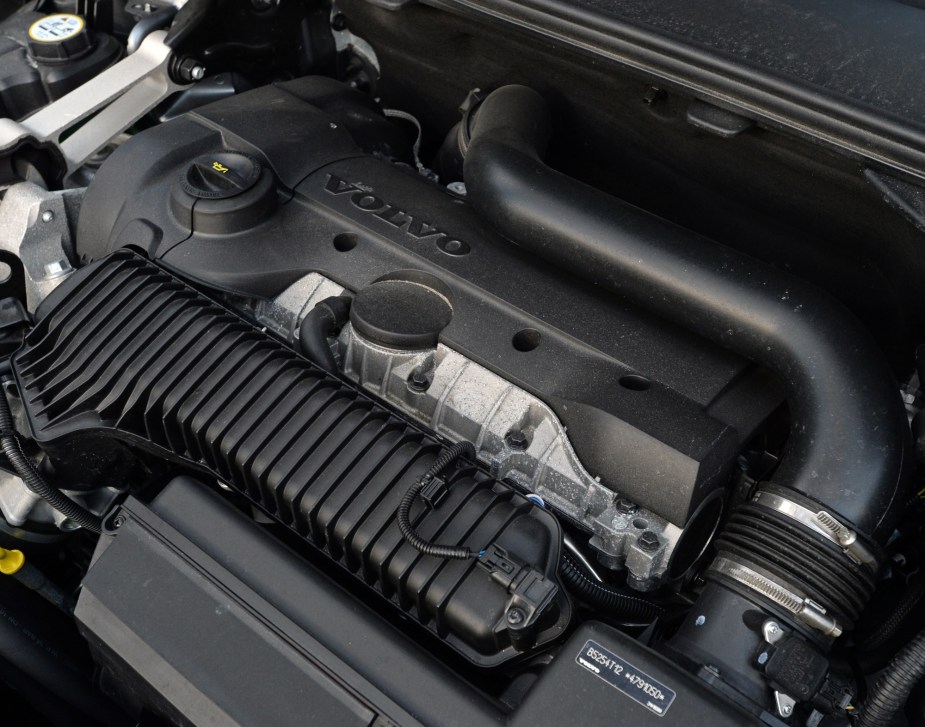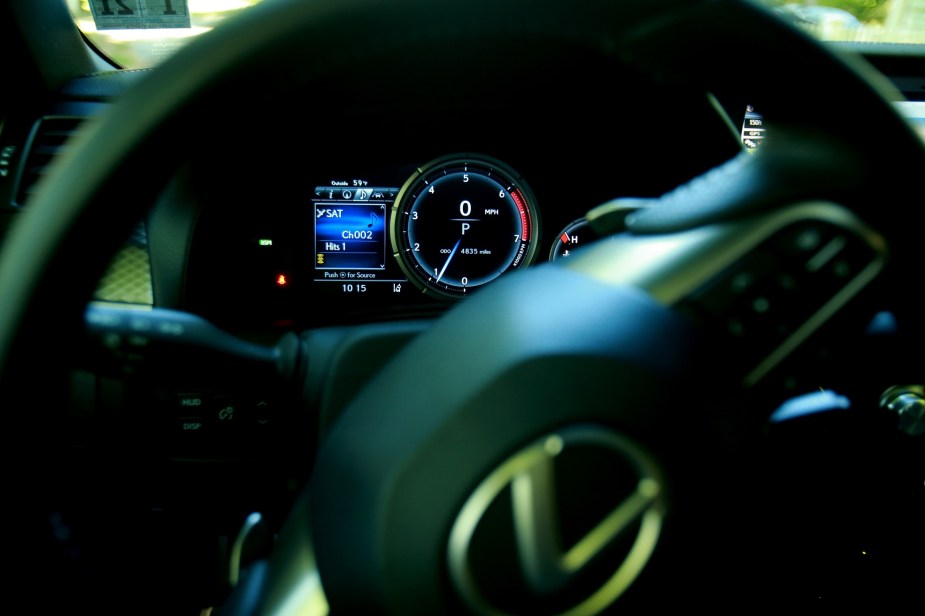
Does More RPM = More MPG for Turbocharged Cars?
Turbocharged car engine RPM and fuel economy article highlights:
- In some driving situations, it might seem like turbocharged cars get better gas mileage once their engine RPM climbs
- The supposed fuel economy improvement is temporary at best, as it stems from momentary changes in how air flows into the engine
- To maximize your turbocharged car’s fuel economy, you should drive at low—but not too low—RPM with the throttle held open
Gas prices got you re-thinking how you drive for a gas mileage boost? Join the club. Swarms of people are taking closer looks at their driving habits to eke out every last bit of fuel economy gains. I’m one of them, which is why I recently noticed something about my turbocharged car. When I started shifting at higher engine RPM, my estimated range increased. So, given how common turbocharged cars are these days, this seems like an observation worth sharing. But does shifting later really boost your mileage, or is this just a load of hot air?
Turbocharged cars have better fuel economy on paper—and their engines need RPM to work their power magic

Although turbocharged cars aren’t new, their heavy presence in the marketplace is, relatively speaking. Back in the ‘70s and ‘80s, turbos were for exotic sports cars; today, even a base Honda Civic is turbocharged. And that’s as much to do with fuel economy concerns as technology improvements.
On a basic level, internal-combustion engines need three things to make power: fuel, air, and a spark. Assuming you’ve got enough sparks, making more power is just a matter of adding more fuel and air. The latter is where turbochargers come in.
Your car’s turbocharger uses the engine’s exhaust gases to spool up a small compressor that shoves more air into the combustion chamber. And with the engine’s computer tuned to squirt extra fuel when it senses the bonus air, hey presto, you’ve got more horsepower. But that only happens when you reach a minimum engine speed, usually around 3000 RPM. At lower revs, the exhaust gases aren’t powerful enough to spin the compressor, which creates turbo lag.
However, this horsepower boost is arguably a means to an end with modern turbocharged cars. In the past, big horsepower figures required big engines. But with turbo help, small-capacity engines can make large-capacity power as needed. When it’s not needed, though, they act just like non-turbocharged, modest-sized engines, i.e., ones that sip fuel better than massive ones. As a result, turbocharged cars get better fuel economy results than similarly powerful naturally-aspirated cars with larger engines.
But therein lies a contradiction. In theory, running a turbocharged car’s engine at high RPM is great for horsepower, but terrible for fuel economy. Remember, the engine adds more fuel when it gets more air. So, why did my turbocharged Abarth’s estimated range display improve once I gave it some revs?
The answer, as it turns out, is hot air—kind of.
The friction problem with high and low RPM

Firstly, it’s worth noting that your car’s estimated range display isn’t always 100% accurate. A 2021 AAA study of over 488,000 vehicles found the range estimates can be off by as much as 6.4%, though the average is 2.3%. In my experience, my Abarth is off by more than that. Regardless, that’s not why my turbocharged car seemingly got more efficient at higher engine RPM.
Although fuel consumption increases with RPM, it’s not just because your engine is rotating faster and working harder. As revs climb, so does the friction between all the internal components. Even the best oil can’t fully eliminate internal friction from sapping horsepower and thus efficiency. But that’s not the only friction you need to consider.
Being a fluid, air exerts pressure as it moves. It’s what makes things like vortex generators, wings, and spoilers work. Your gas mileage’s biggest problem isn’t moving air, though, but stagnant air.
All ICE cars, turbocharged or N/A, suck in air through throttle bodies. Think of it like drinking a milkshake through a straw. If the straw’s opening is rather wide, it’s easy to slurp that shake. But if it’s far harder to do through a narrow one. And in lower gears, having your engine running at low RPM means its straw feels extremely narrow.
Admittedly, small-capacity turbocharged cars usually have their throttles cracked open more than large-capacity NA ones. So, the associated power/efficiency losses are comparatively lower, MotorTrend says. However, they also have more plumbing and thus more air to deal with. And if you’re driving around in the city, as I usually do, that often means you encounter these narrow-throttle-opening situations.
That’s why, as it turns out, my Abarth’s high-RPM fuel economy gains were only on paper, er, display. Shifting at elevated revs helped it breathe easier, but I was still using more fuel because I was activating the turbo.
To get the best fuel economy, you need to keep your turbocharged car at low RPM
In short, driving around at high engine RPM isn’t good for a turbocharged car’s gas mileage. Instead, with some caveats, the same fuel economy tips for NA cars apply to ones with turbos, too.
For one, don’t accelerate or stop aggressively. Secondly, avoid stop-and-go situations as much as possible—try to drive at a steady speed. In addition, if you’re driving a manual or in Manual Mode, shift into a low engine RPM state, e.g., a higher gear as soon as you can. Furthermore, pair those low revs with as wide as throttle opening as possible to minimize both air and engine friction losses. Basically, you want to have your foot on the floor and your engine spinning relatively slowly.
The caveats for turbocharged cars come in because of their turbos. Firstly, turbocharged engines don’t tolerate lugging—excessively-low RPM with a high load, e.g., foot to the floor—well. Among other things, it can cause pre-ignition, aka knocking, which can damage the engine. Secondly, if you shift right as the turbo kicks in, it can throw the engine for a loop. So, if the boost is already building, wait for it to stabilize before shifting.
Ultimately, hitting redline in a turbocharged car won’t help your fuel economy. But that doesn’t mean they can’t get great gas mileage.
Follow more updates from MotorBiscuit on our Facebook page.


